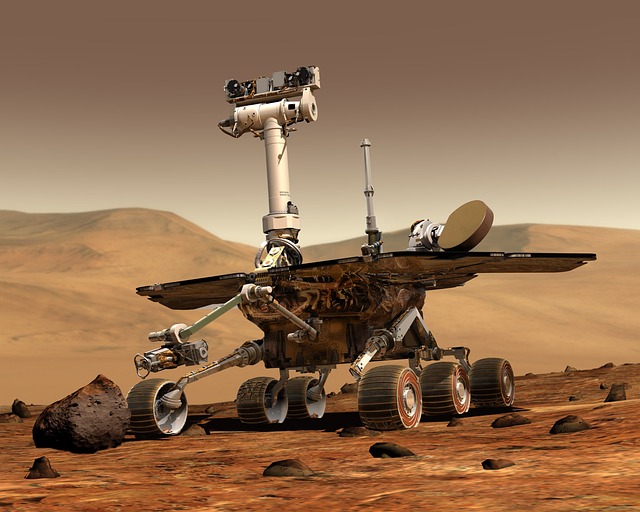In a world that is rapidly evolving, the future of learning is becoming increasingly intertwined with advanced technologies like Robotics and Artificial Intelligence (AI). As we navigate this new landscape, one exciting development is the rise of Voice-Based UI, which promises to transform not just how we interact with machines, but also how we learn and apply knowledge in various fields, particularly in business automation.
Voice-Based UI is not merely a trend; it is a groundbreaking shift that resonates with our innate human tendencies. Imagine a learning experience where speaking commands and asking questions provide instant feedback. This conversational interface breaks down barriers, making technology accessible to all. For those pursuing careers in robotics and AI, mastering voice interaction becomes essential, fostering an environment where creativity and critical thinking can flourish.
In the realm of robotics, voice recognition isn’t just for convenience; it’s a lifeline that enables seamless interaction between humans and machines. Picture a manufacturing line where robots respond to verbal instructions, optimizing workflow and minimizing error. This real-time communication allows operators to focus on strategic decision-making rather than mundane tasks, effectively freeing up time for learning and innovation.
With the integration of AI, voice-based systems can understand context, learn from interactions, and adapt over time. This continuous learning process enriches our understanding of voice technology and encourages a culture of exploration. Businesses looking to leverage automation for growth can benefit tremendously from harnessing voice-based UI, as it enables more agile operations and a more responsive customer service model.
Moreover, voice technology can enhance collaborative learning experiences, especially in an era where remote work is becoming the norm. Teams can engage in discussions, access resources, and receive real-time support through voice commands, fostering a more inclusive and interactive learning environment. Imagine how impactful it would be for a team of engineers to discuss challenges face-to-face with their AI-powered solutions, all facilitated by a simple voice command.
Educational institutions are also beginning to recognize the power of voice-based UI. From classrooms equipped with smart speakers to virtual assistants guiding students through projects, the integration of this technology encourages a hands-on approach to learning. Students become active participants in their education, utilizing their voices to drive exploration and inquiry.
As we stand on the brink of these technological advancements, embracing voice-based UI can unlock unprecedented opportunities. It not only transforms how we operate within robotics and AI domains but also shapes the very essence of continuous learning in a fast-paced world. By fostering a culture that prioritizes voice interaction, we encourage a generation that is not just fluent in technology, but one that understands the importance of collaboration, communication, and innovation.
Ultimately, the future of learning, enriched by voice-based UI, will redefine our relationship with technology. It will make learning more intuitive, dynamic, and accessible, paving the way for a workforce that is not only prepared for the complexities of tomorrow but is also equipped to lead and innovate in any field. As we continue to explore this exciting frontier, the potential of voice technology in robotics and AI-infused business will undoubtedly lead us to new horizons of knowledge and discovery.




